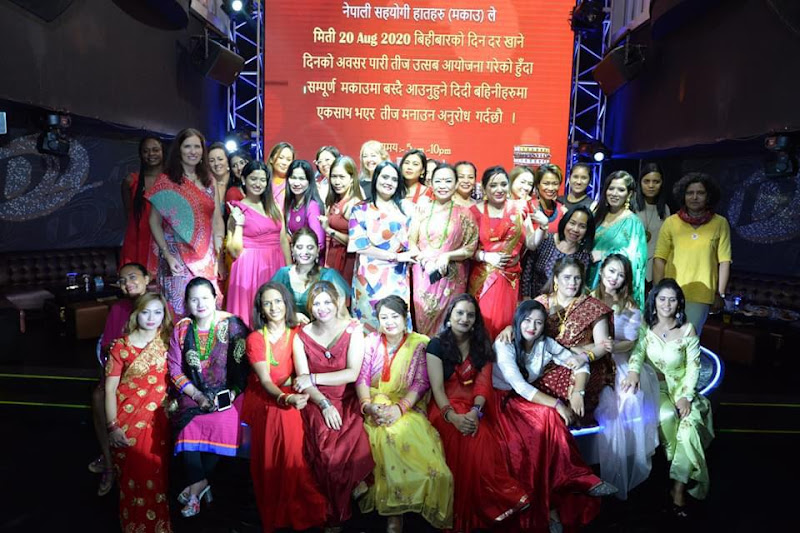The religious and tourist importance of Varah Pokhari

The Varah Pokhari, as described by the local legend, had twelve houses in the ancient times, and one of them belonged to Bijuva Bijui, a member of the Rai community. One night, Bijuva had a dream in which one of the twelve sisters said, "We are getting cold here in Pokhari; you should leave this place." However, Bijuva did not take the dream seriously.
A few days later, a serpent appeared in Bijuva's house. After a short while, a red fish emerged, and they cooked and ate it. Immediately after eating, water gushed out, and all twelve houses in the area drowned, and everyone died. Due to the submersion of the twelve houses, the name of the Pokhari became Barahapokhari, as per the local legend.
Another local legend states that when there were twelve sisters living in the Pokhari, it was named Barahapokhari, but when only the Kanchhi sister remained, it became known as Varahapokhari.
In terms of religious significance, Varahapokhari is considered a sacred pilgrimage site, and it was included in the list of 100 destinations for Nepal Tourism Year 2020. Situated on the Gai Ghats–Diktel road section, it is a day's journey from the Sayne location. The area around Varahapokhari holds religious, cultural, and geographical importance.
The Varahapokhari premises include a three-tiered Shangheshwar temple constructed in a pagoda style, giving it an attractive appearance. The temple complex also has a police station, the residence of the chief monk, and the priest's house nearby. The land area of the temple is divided into two parts, one with 13 Ropanis and the other with 8 Ropanis, totaling 21 Ropanis.
The water level of Varahapokhari has been gradually increasing due to the drainage from Rakuli Khola, even though the regular water source is not present. Though the water from Rakuli Khola is currently supplying the Pokhari, the water surface seems to be expanding. Approximately 30-40% of the land around the Pokhari has been filled, and there is a possibility that the Pokhari may completely fill up if conservation efforts are not undertaken. Currently, the Pokhari is not a source of regular water, but efforts are made to channelize water from Rakuli Khola through pipes into the Pokhari.
Varahapokhari is also known for its unique fish species, such as Rata, Seta, and Kala, making it potentially attractive for tourists interested in observing these rare fishes. To promote tourism and preserve this natural beauty, there is a need for conservation and development efforts in Varahapokhari.







Comments
Post a Comment